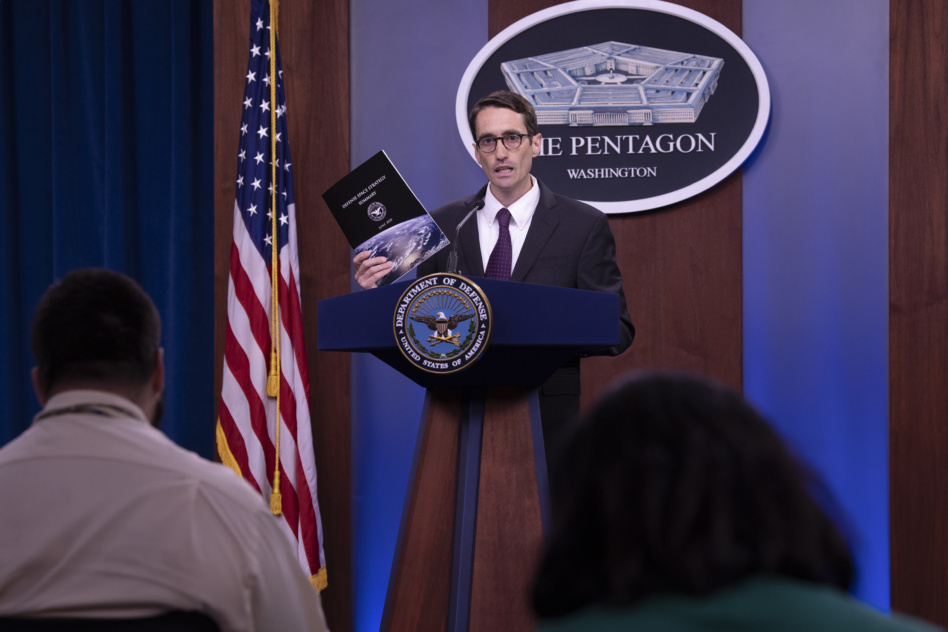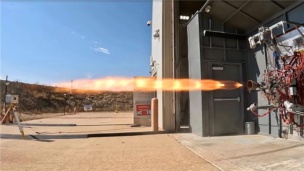True Anomaly, a company building spacecraft and software to enable warfighting in space, picked up a new executive this week: Steve Kitay, now the company’s VP for space defense after a four-year stint at Microsoft’s Azure cloud computing division.
Kitay’s claim to fame is shepherding the US Space Force from idea to reality as a Hill staffer and Pentagon official. He spoke with Payload about how his new role will help give it the tools for the job.
This interview had been condensed and edited.
What was your part in developing a new military service focused on space?
My role was unique in that I served on both sides of the Potomac to support the creation of the Space Force. I started in Capitol Hill on the House Armed Services Committee in 2011 and was there through 2017, supporting Chairman Mike Rogers as his space staffer. Then I went to the Pentagon and supported the secretary of defense and the president of the United States. I was within the Pentagon working with the team to develop the legislative proposal and working with Congress to ensure that we had the necessary authorities to do that, and the law was signed in December 2019.
When did you first start thinking about the Space Force?
There’s a quote that’s from Einstein where he supposedly said, “If the world was going to end in an hour, I’d spend 55 minutes on the problem and five minutes on the solution.” And I can tell you with absolute certainty that the oversight at the [House Armed Services Committee] was done in that manner—understanding the problems that we’re facing.
That ultimately led to organization and management and creation of the Space Force, but it wasn’t the start that we needed to go create a Space Force. The oversight was conducted over what amounted to a period of years, but it was really 2016, 2017 where it ramped up very significantly. Ultimately, Chairman Rogers and Congressman [Jim] Cooper said, we think that we need a Space Force to do it.
How have you seen the service evolve?
There’s a huge amount of work to be done to addressing space as a warfighting domain and enabling the security and safety in the domain: Building out the doctrine, the capabilities, the people, the training, the readiness to be able to do that mission of not only enabling the joint force, but also protecting and defending our interests in space. The Space Force is and will need to continue to deepen its partnership with industry.
How did you become familiar with True Anomaly?
I first met [CEO Even Rogers] when I was at the Pentagon as the deputy assistant secretary of defense for space policy, and he was on active duty at the Space Warfighting Analysis Center. He came up and briefed me on capabilities and the vision of where we need to go in space and the challenges. And I still remember that meeting to this day and Even’s articulation of the challenges.
He was described to me as he was coming in, as a Space Force strategist and theorist similar to John Boyd, the air power theorist who came up with the OODA )Observe, Orient, Decide, Act) loop. At Microsoft, we were working [with True Anomaly], and then as time went on and I learned more about what they were doing here, it built into a conversation of coming and joining the team.
What is True Anomaly’s role in the space national security ecosystem?
It really is a unique and differentiated approach that they’ve set forward here, with this integration of hardware, software, artificial intelligence, and autonomy. We’re taking private capital and building out the capabilities that are necessary to enable [the Space Force]. This is where a partnership comes in—obviously we need to be working with them to ensure not only that we’re meeting their needs, but also that they’re providing the resources for us to continue delivering these capabilities, building upgrades and features in accordance with what they need.
I think programs like Victus Haze are an excellent way to start building that partnership, and then it’s building upon that into programs of record that really provide the consistent basis for regular upgrades.




